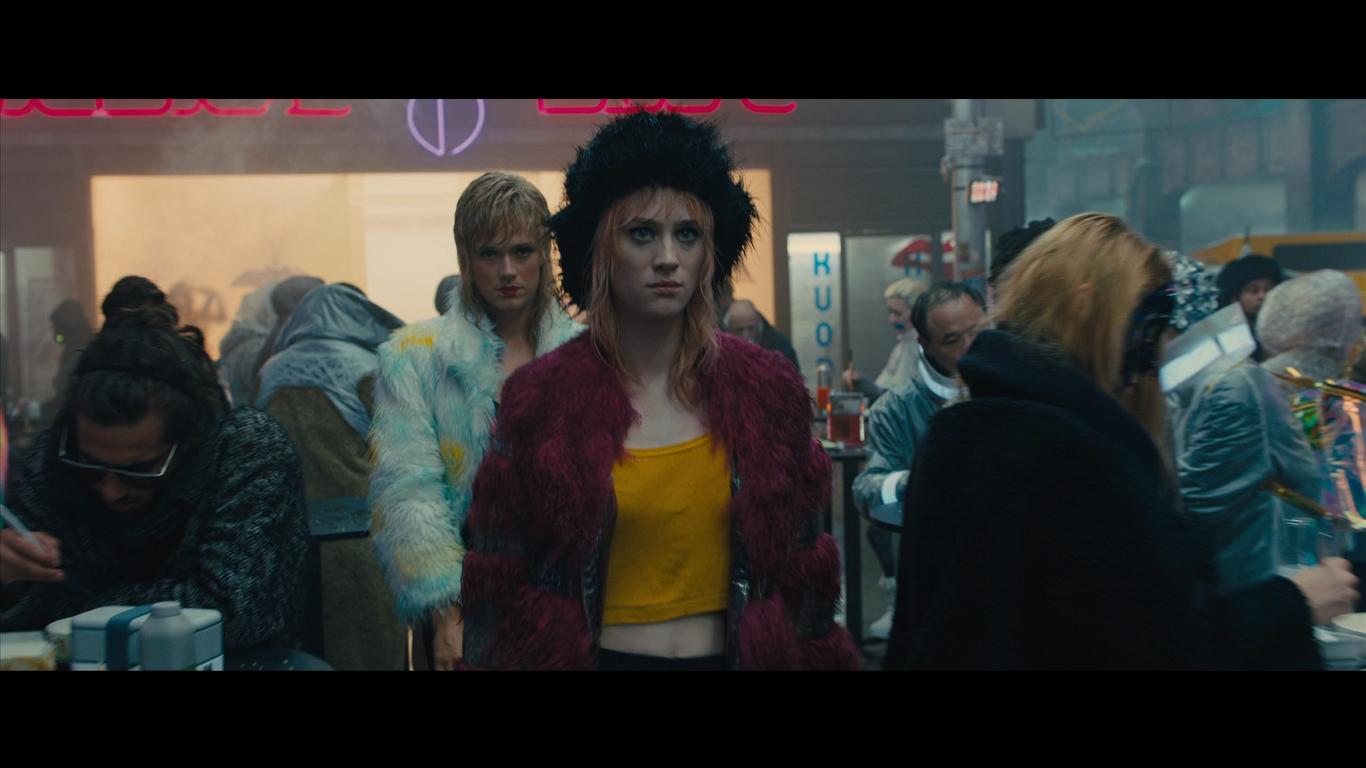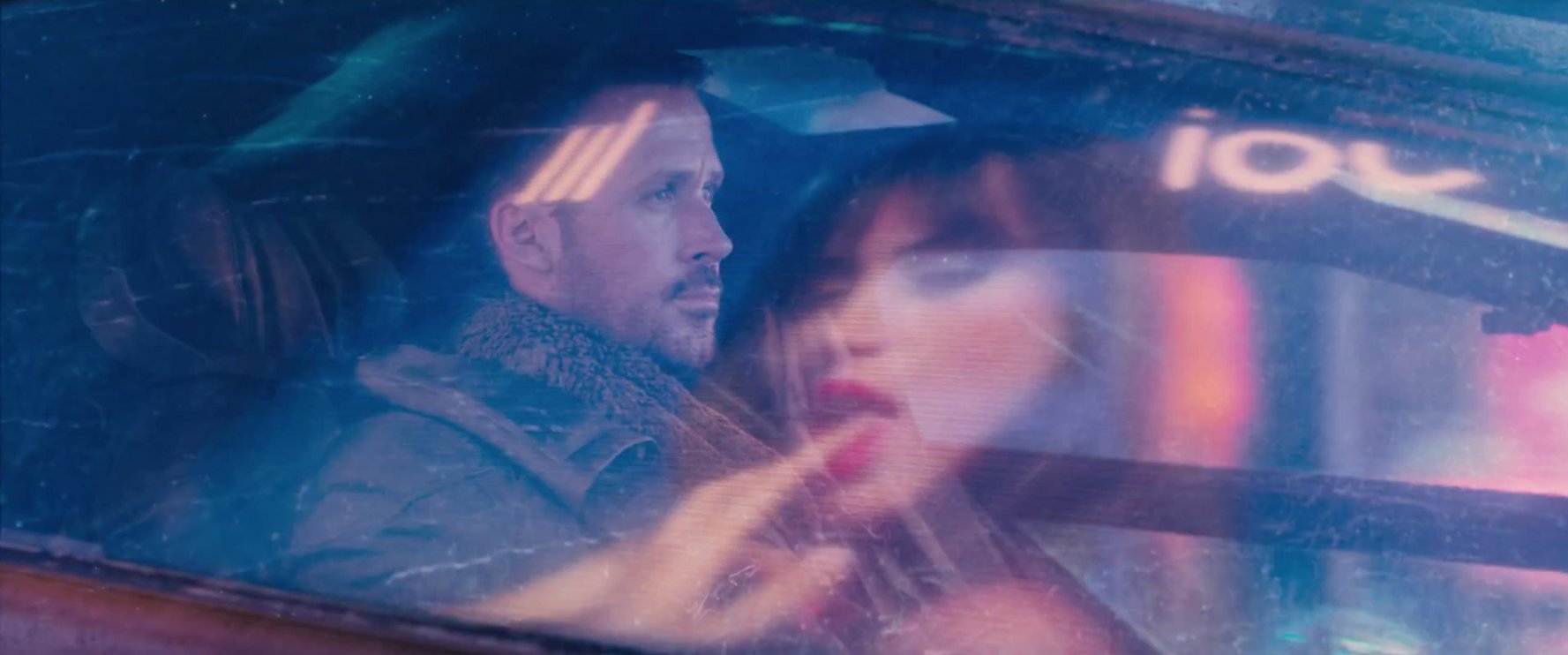Hey Girl. Ryan Gosling may have taught us about some of the greatest feminist thinkers of all time (ok, Danielle Henderson did), but he now stars in Blade Runner 1949, sorry, 2049 — a misogynistic mess, and the most overrated movie of the year. The fact it has drawn near universal glowing reviews tells you more about the paucity of women film critics than it does about the successes of the film, which I will list for you now: it looks fucking cool, because the cinematography is amazing; and Ryan Gosling’s character K has a nice coat.
The original Blade Runner is not without issue in the misogyny stakes — even in 1982 they should have steered clear of including a rape scene — but in 2017 we should expect more of our directors than Denis Villeneuve offers here. Armed with a colossal budget and an experienced cast, Villeneuve has proceeded to make a completely flat, emotionless, nonsensical, and eye-gougingly sexist film.
Women are either literally prostitutes (including Mackenzie Davis as Mariette), holographic housewives like Joi (Ana de Armas) — a product that is marketed with the lines “Experience Joi,” “Everything you want to hear. Everything you want to see.” — or some slightly meaner, more violent boss women (Robin Wright as Lieutenant Joshi, and Sylvia Hoeks as Luv, also a ‘companion’ but one who can kick ass) who nevertheless meet gruesome deaths that we watch in horrifying detail. Men also get killed, of course, but we don’t watch their eyes bulge for tens of gratuitous seconds — they are blunt, noble deaths, not desperate fetishistic ones.
At the risk of a spoiler alert, there is one woman (Carla Juri’s Dr Ana Stelline) who is held to be more precious than the others, but she is holed up in a literal glass cage and infantilised to fuck, living in fantasy worlds of her own making. Not to mention that the ultimate dividing line between human women and the hyper-human replicant women is that real women can give birth. Did you get that? If you don’t give birth, then sorry, you’re not a real woman.

It is arguable that in Ridley Scott’s original the misogyny was part of the dystopia, and this sequel is just following on from that. But if 2049 is making a point about how adaptable patriarchy is to technological advance, then the problem is that it just doesn’t make it. Instead of implying in any way the problematic nature of K having a holographic fantasy girlfriend/housewife, for example, the film instead humanises her role to the extent that we are supposed to believe this is a legitimate loving relationship, rather than titillation and affection slavery. It is the only real relationship in the entire film, and implies that through her sensitive subserviency and domesticated care, she is actually more human than the human women, who have become hardened ‘man-like’ warriors, or cynical, bedraggled whores.
The massive and completely inexplicable stone statues of slim but busty naked women left strewn around a desert scene are really the perfect metaphor for this film: undoubtedly huge, but truly a dusty relic, long out of time.
